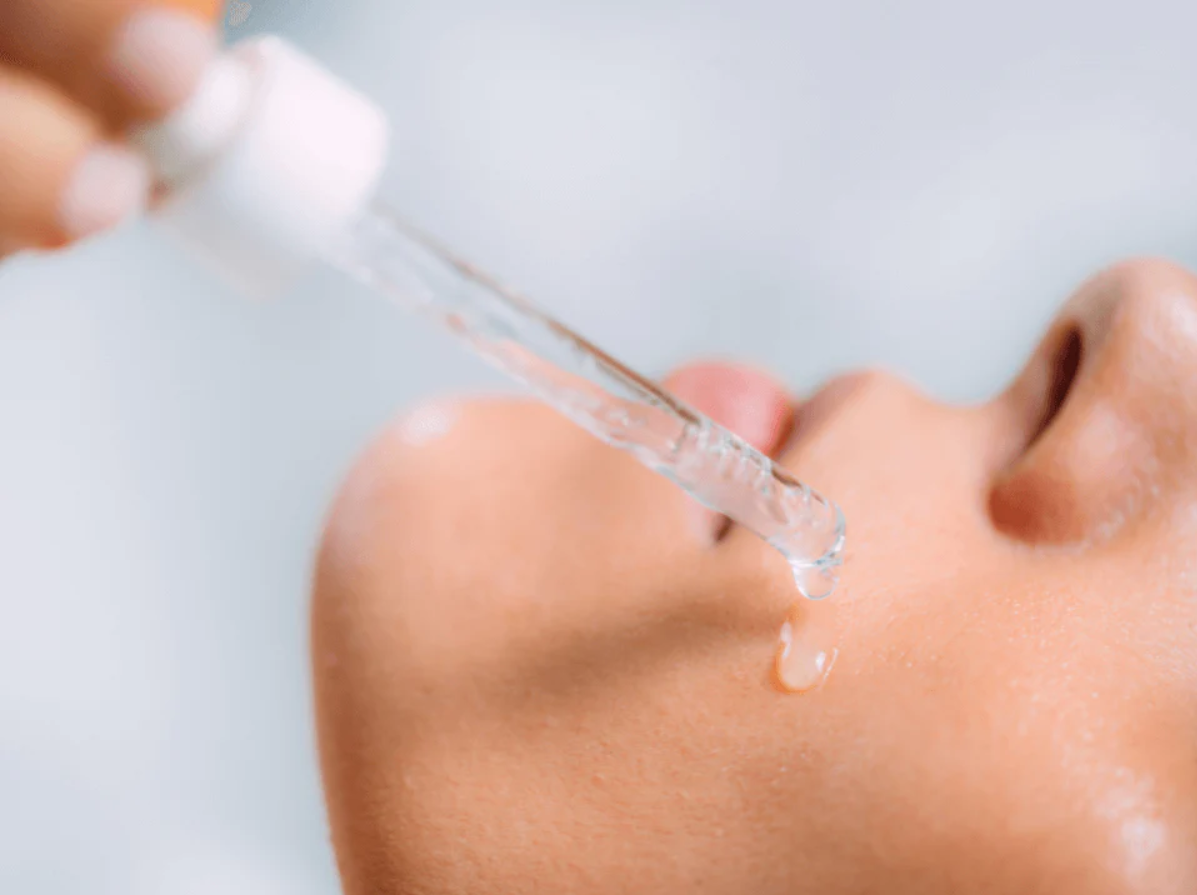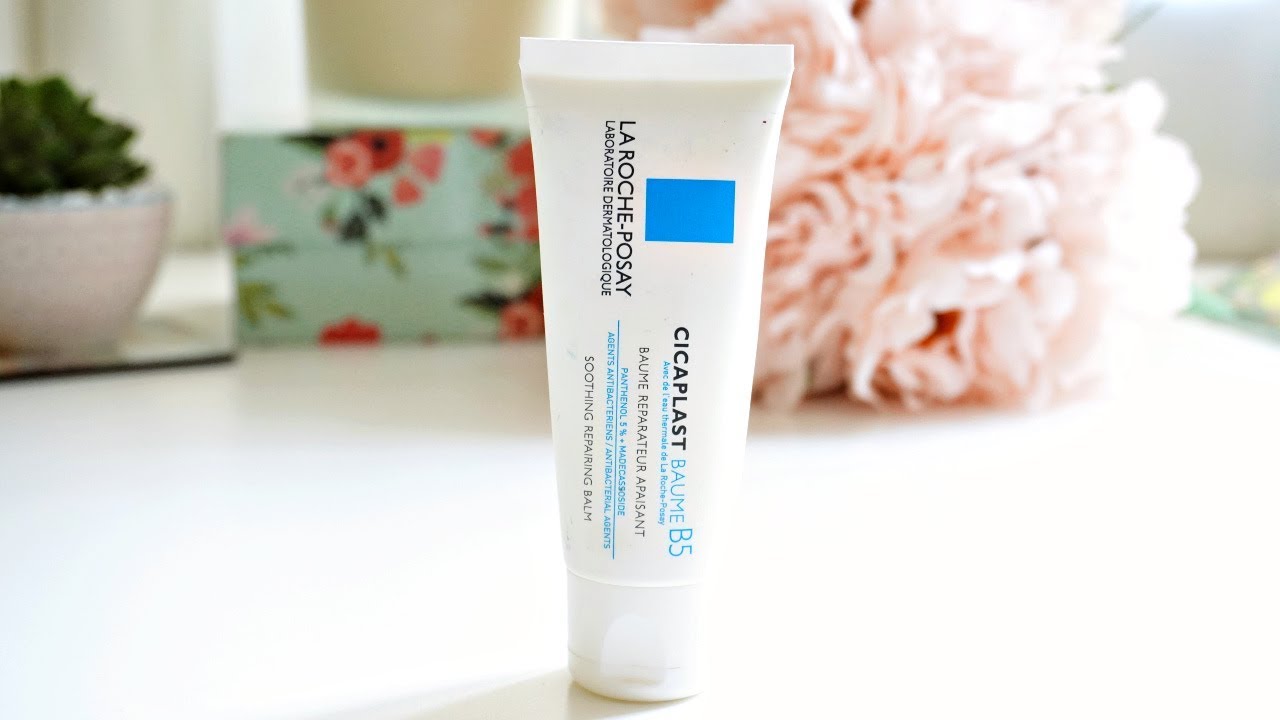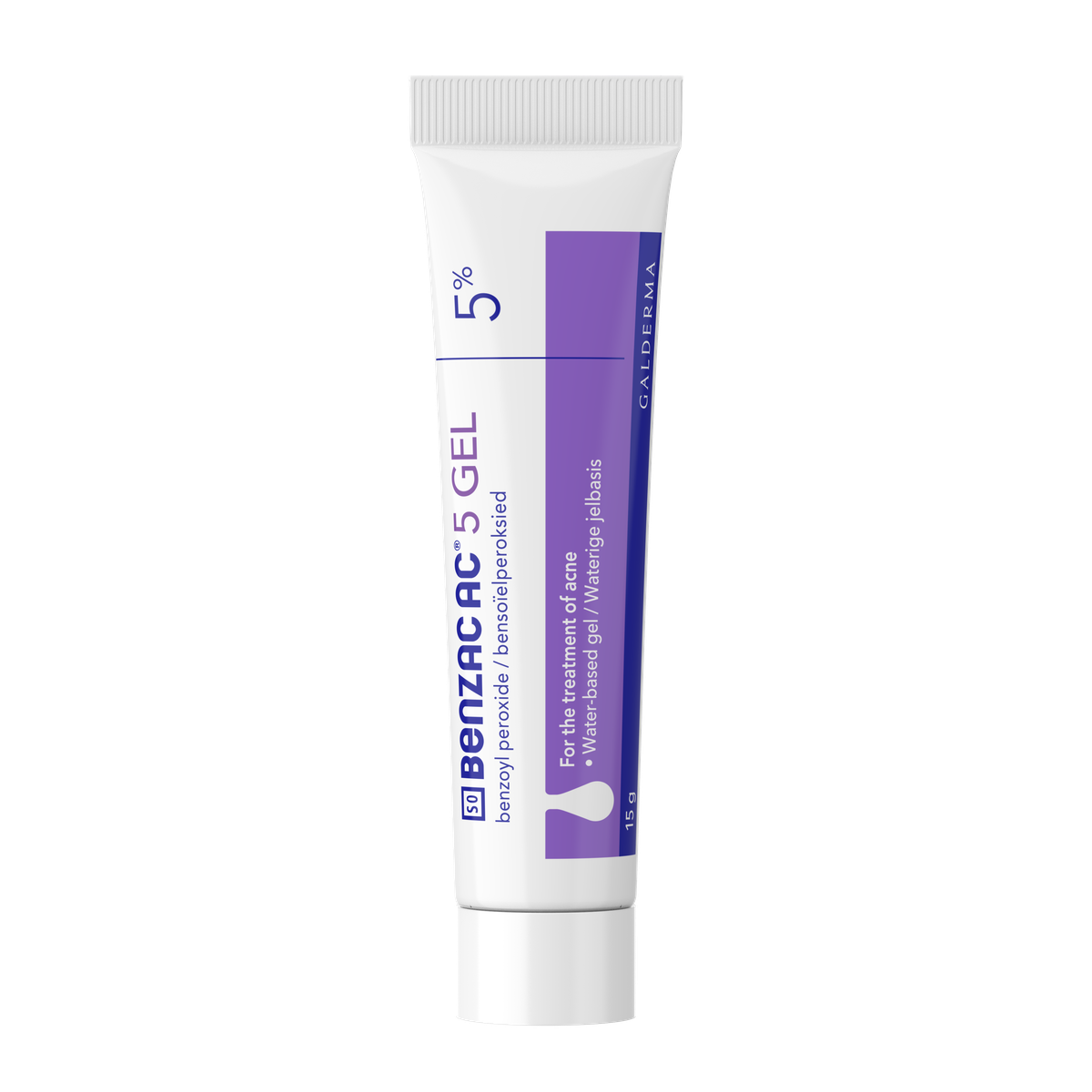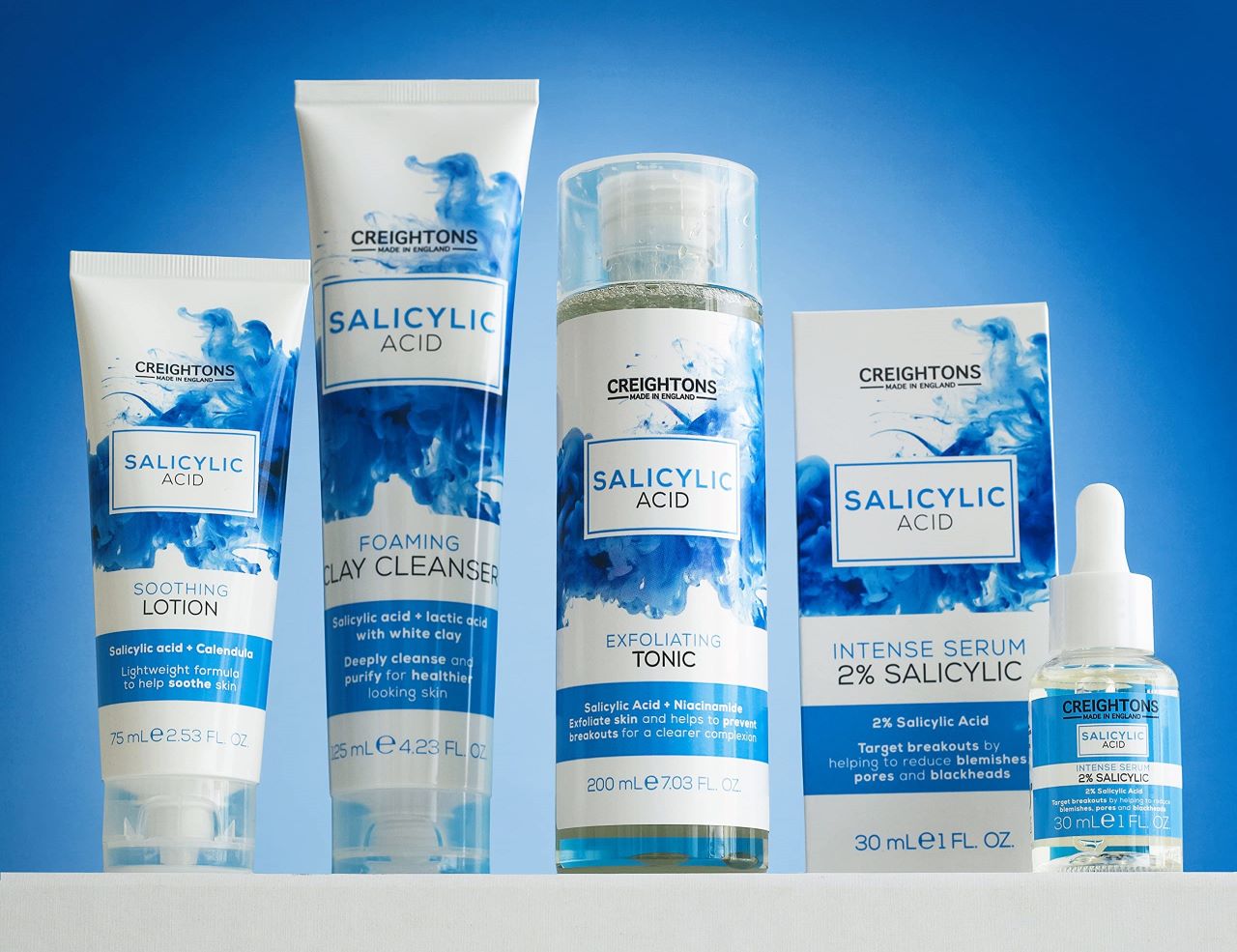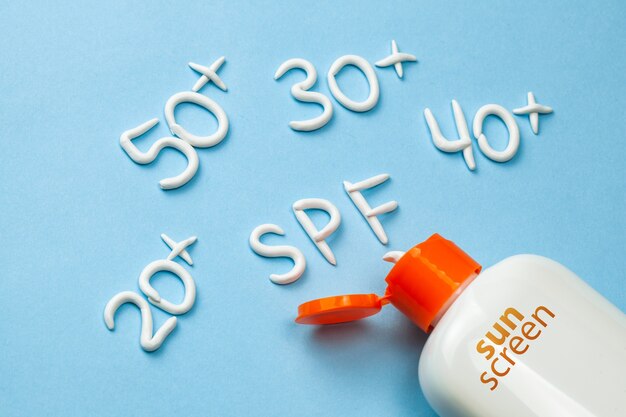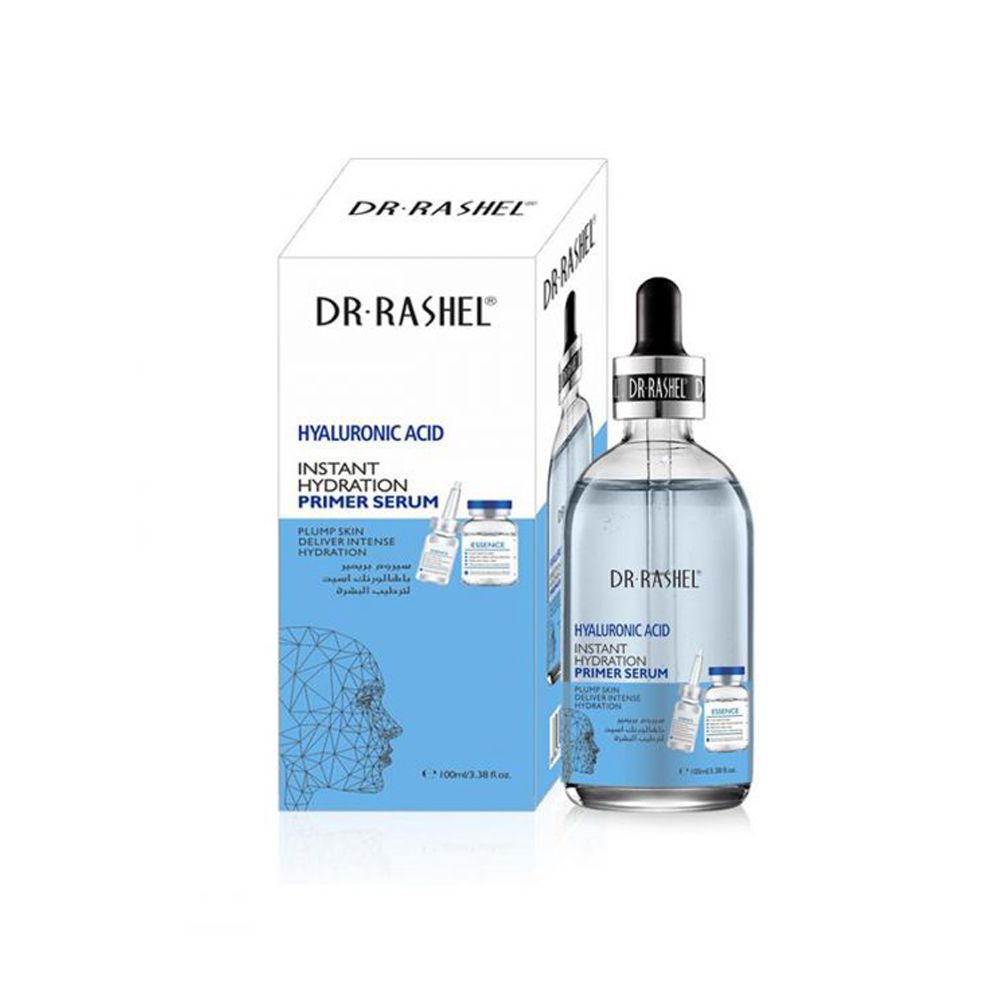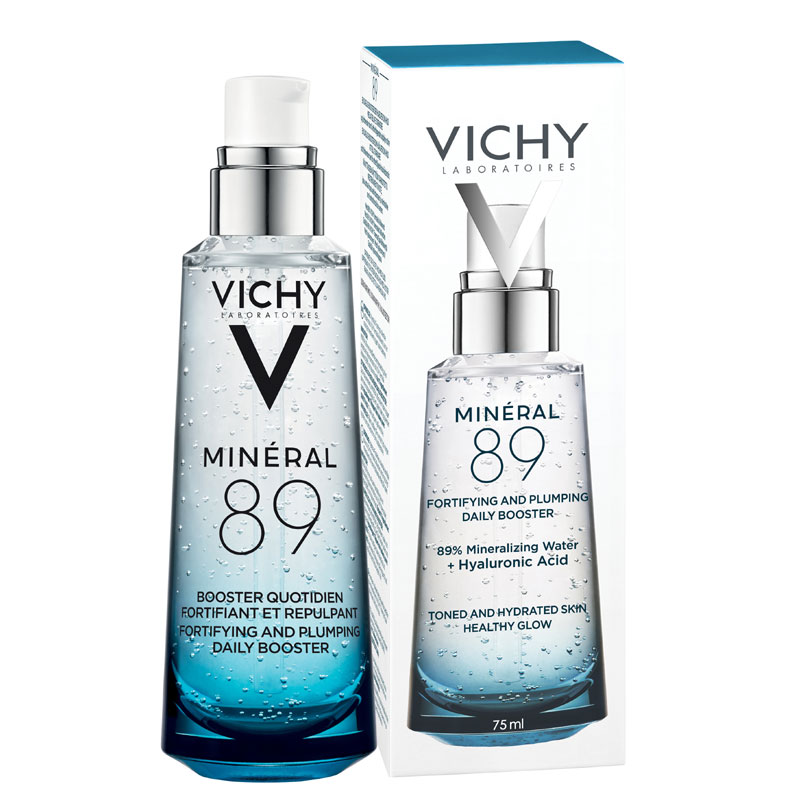Alpha Hydroxy Acids (AHAs): A Comprehensive Guide
Alpha Hydroxy Acids (AHAs) have taken the skincare world by storm, and for good reason. These potent skincare ingredients have been praised for rejuvenating and transforming your skin, leaving you with a radiant and youthful complexion. Whether you’re a skincare novice or a seasoned enthusiast, this comprehensive guide will cover everything you need to know about AHAs, including what they are, who should use them, when, and how to use them effectively.
What are Alpha Hydroxy Acids (AHAs)?
Alpha Hydroxy Acids, commonly referred to as AHAs, are a group of natural and synthetic compounds that have gained immense popularity in the skincare industry. These water-soluble acids are renowned for their exfoliating and skin-renewing properties. The most common AHAs in skincare products include glycolic acid, lactic acid, citric acid, malic acid, and tartaric acid.
- Glycolic Acid: Derived from sugarcane, glycolic acid is known for its small molecular size, making it highly effective in penetrating the skin. It’s a popular choice for those seeking to combat signs of ageing and hyperpigmentation.
- Lactic Acid: Sourced from milk, lactic acid is a gentle AHA suitable for sensitive and dry skin types. It helps with hydration, brightening, and improving skin texture.
- Citric Acid: This AHA is obtained from citrus fruits and is known for its antioxidant properties. Citric acid helps to even out the skin tone and fight against environmental damage.
- Malic Acid: Found in apples and pears, malic acid provides a gentle exfoliation and helps improve the skin’s overall health.
- Tartaric Acid: Derived from grapes, tartaric acid is an excellent choice for sensitive or acne-prone skin. It can help unclog pores and reduce breakouts.
Who Should Use AHAs?
AHAs are a versatile skincare option that can benefit a wide range of individuals. However, they are accommodating for those dealing with specific skin concerns or goals:
Ageing Skin: If you’re looking to reduce the appearance of fine lines and wrinkles, AHAs can be a game-changer. Glycolic acid, in particular, is known for its anti-ageing properties.
Dull or Uneven Skin Tone: AHAs can effectively brighten your complexion by removing dead skin cells and encouraging new cell turnover. This is ideal for people with sun damage or uneven skin tone.
Acne-Prone Skin: Many AHAs possess mild anti-inflammatory properties, making them suitable for acne-prone skin. They help unclog pores and reduce the formation of acne blemishes.
Dry or Dehydrated Skin: AHAs, especially lactic acid, can provide essential hydration and improve the skin’s moisture barrier.
Hyperpigmentation: If you’re struggling with dark spots or post-inflammatory hyperpigmentation, AHAs can help lighten these areas over time.
Rough Skin Texture: AHAs can smooth and refine the skin’s texture, making it feel softer and look more youthful.
When Should You Use AHAs?
The timing of when to use AHAs in your skincare routine is crucial to maximise their effectiveness and minimise the risk of adverse reactions. Here’s a general guideline on when to incorporate AHAs:
Evening Routine:
AHAs are best incorporated into your evening skincare routine for several reasons:
Photosensitivity: AHAs can increase your skin’s sensitivity to UV radiation. Applying them in the evening reduces the risk of sunburn and other UV-related issues.
Optimal Skin Renewal: Skin naturally renews and repairs itself during the night. Using AHAs before bedtime enhances this process.
Avoiding Conflicts: Using AHAs with certain ingredients (like retinoids) can cause irritation. By using them at night, you can simplify your routine and avoid such conflicts.
How to Use AHAs: A Step-by-Step Guide
To reap the full benefits of AHAs while minimising the risk of irritation, it’s essential to use them correctly. Here’s a step-by-step guide on how to incorporate AHAs into your skincare routine:
Step 1: Cleansing
Start by cleansing your face with a gentle, pH-balanced cleanser. This will ensure that your skin is clean and free of any impurities before applying AHAs. Pat your skin dry with a clean towel.
Step 2: Patch Test
Before using a new AHA product, performing a patch test is wise. Apply a small amount of the product to a discreet area of your skin, like the inside of your wrist, and wait 24 hours to ensure you don’t have an adverse reaction.
Step 3: Apply the AHA Product
Apply the product to your face once you’ve determined that it is safe for your skin. The method of application may vary depending on the type of product you’re using:
AHA Serum: Dispense a small amount of the serum onto your fingertips and gently apply it to your face, avoiding the eye area.
AHA Toner: Soak a cotton pad with the toner and swipe it over your face, avoiding the eye area.
AHA Peel: Follow the instructions provided with the peel product. This usually involves applying a thin layer to clean, dry skin and leaving it on for a specified amount of time before rinsing.
Step 4: Follow with Hydrating Products
After your AHA treatment has dried (usually after a few minutes), apply regular hydrating products, such as a moisturiser. This helps lock in moisture and prevents potential dryness associated with AHAs.
Step 5: Apply Sunscreen (AM Routine)
If you’re using AHAs in your morning routine, apply a broad-spectrum sunscreen with at least SPF 30. This is essential to protect your skin from UV damage, as AHAs can increase photosensitivity.
Step 6: Gradually Increase Frequency
When incorporating AHAs into your routine, start with a lower frequency to allow your skin to adjust. Begin using the product every other night or a few times a week, and gradually increase usage as your skin tolerates it.
Step 7: Monitor Your Skin
Regularly assess how your skin is responding to the AHA product. If you experience excessive dryness, redness, or irritation, reduce the frequency of use or switch to a milder AHA product.
Tips for Using AHAs
Here are some additional tips to make your AHA journey more effective and enjoyable:
Choose the Right AHA for Your Skin Type
Different AHAs have varying potencies and are better suited to different skin types. For example, glycolic acid is potent and suitable for those with more resilient skin, while lactic acid is gentler and works well for sensitive skin. Research and consider seeking advice from a dermatologist to select the right AHA.
Be Patient
It takes time for AHAs to show noticeable results. You may need to use them consistently for several weeks to see improvements in your skin. Be patient and stay committed to your routine.
Combine AHAs with Other Skincare Ingredients
AHAs can be used alongside other skincare ingredients like vitamin C, hyaluronic acid, and peptides for enhanced results. However, be cautious when using them with other strong actives like retinoids, as this combination can cause sensitivity and irritation.
Wear Sunscreen Daily
We can’t stress this enough: wearing sunscreen daily is non-negotiable when using AHAs. Protecting your skin from harmful UV rays is vital to prevent photoaging and other potential side effects.
Follow the Product’s Instructions
Each AHA product may have specific instructions on usage. Be sure to read and follow them closely for the best results and safety.
Potential Side Effects of AHAs
While AHAs offer numerous benefits, being aware of potential side effects is essential. These can vary from person to person and may include:
Dryness: AHAs can strip your skin of natural oils, leading to dryness. Using a moisturiser can help alleviate this side effect.
Irritation: Some individuals may experience redness, stinging, or burning when using AHAs. If this occurs, reduce the frequency of use or switch to a milder AHA.
Sun Sensitivity: As mentioned earlier, AHAs can make your skin more sensitive to the sun. Failing to apply sunscreen can result in sunburn or increased hyperpigmentation.
Peeling or Flaking: In some cases, your skin may peel or flake as it sheds dead skin cells. This is a normal part of the exfoliation process, but it can be managed with a good moisturiser.
Conclusion
Alpha Hydroxy Acids (AHAs) have revolutionised how we approach skincare, offering a potent solution for many common skin concerns. Whether striving to achieve a more youthful appearance, combat dullness, or address specific issues like acne and hyperpigmentation, AHAs can be a valuable addition to your routine.
However, it’s crucial to use them wisely and responsibly. Remember to choose the right AHA for your skin type, follow product instructions, and prioritise sun protection. By incorporating AHAs into your skincare routine with care and patience, you can unlock the secret to the radiant, healthy, glowing skin you’ve always dreamed of.


